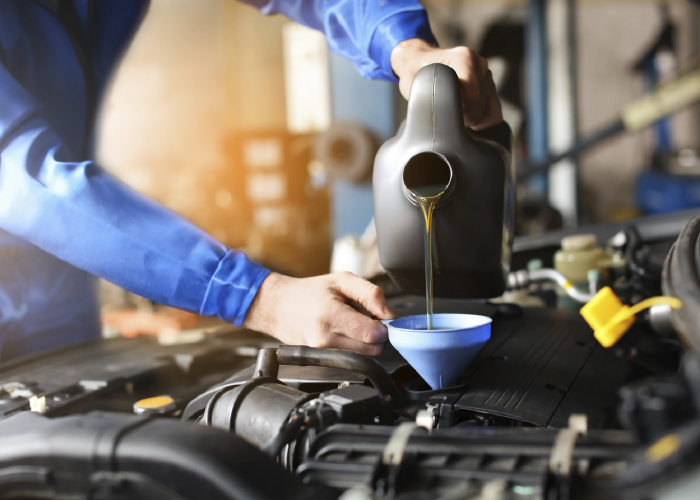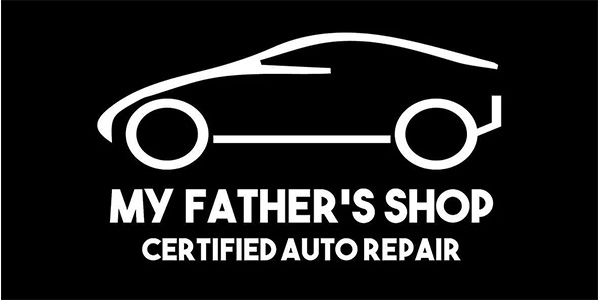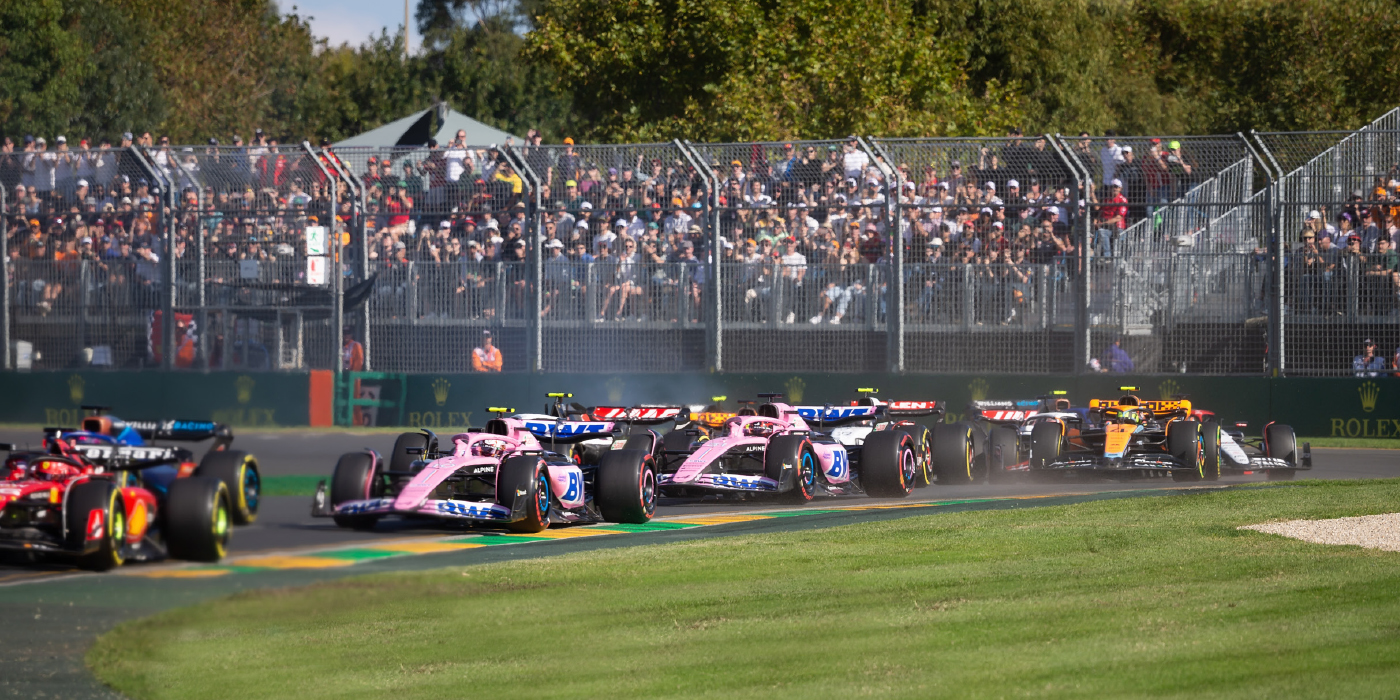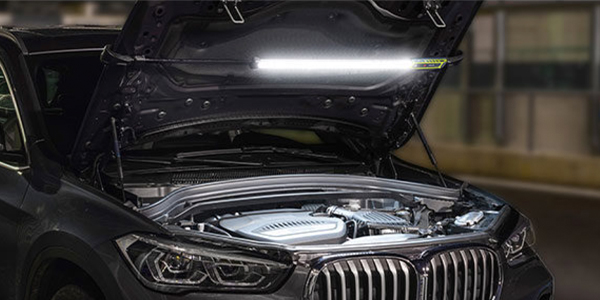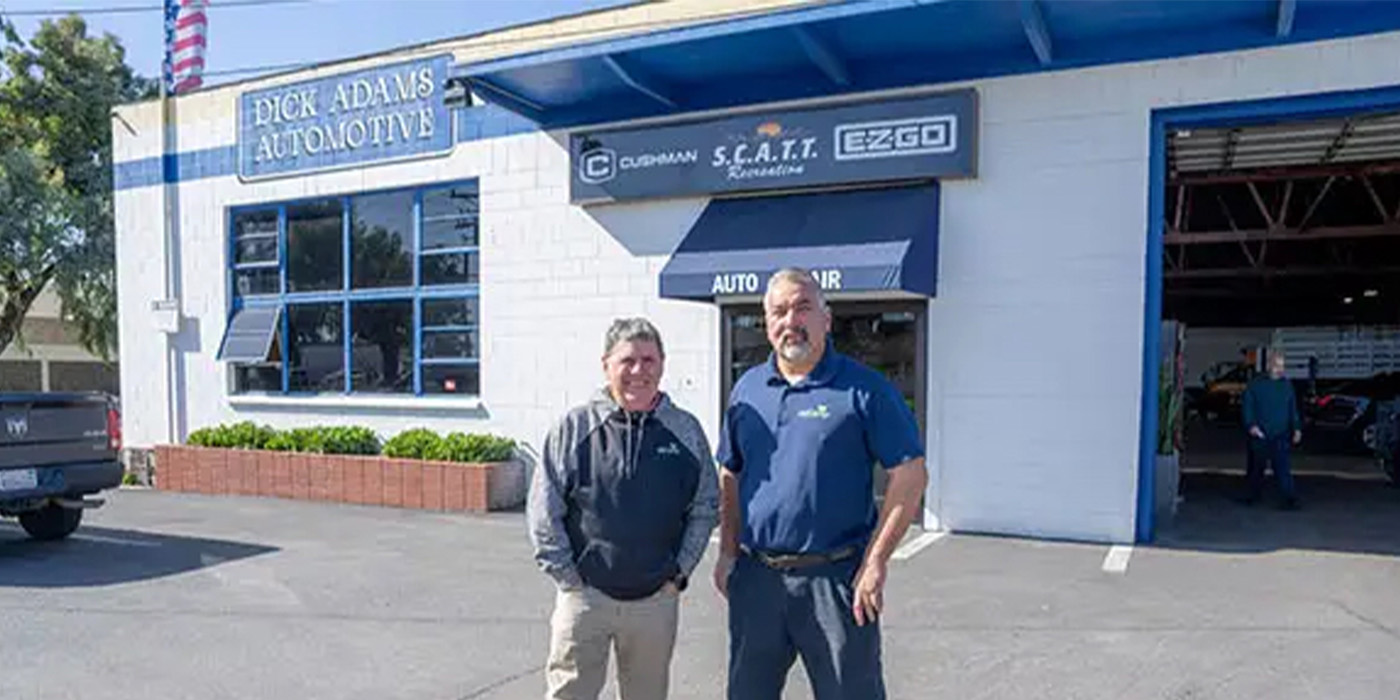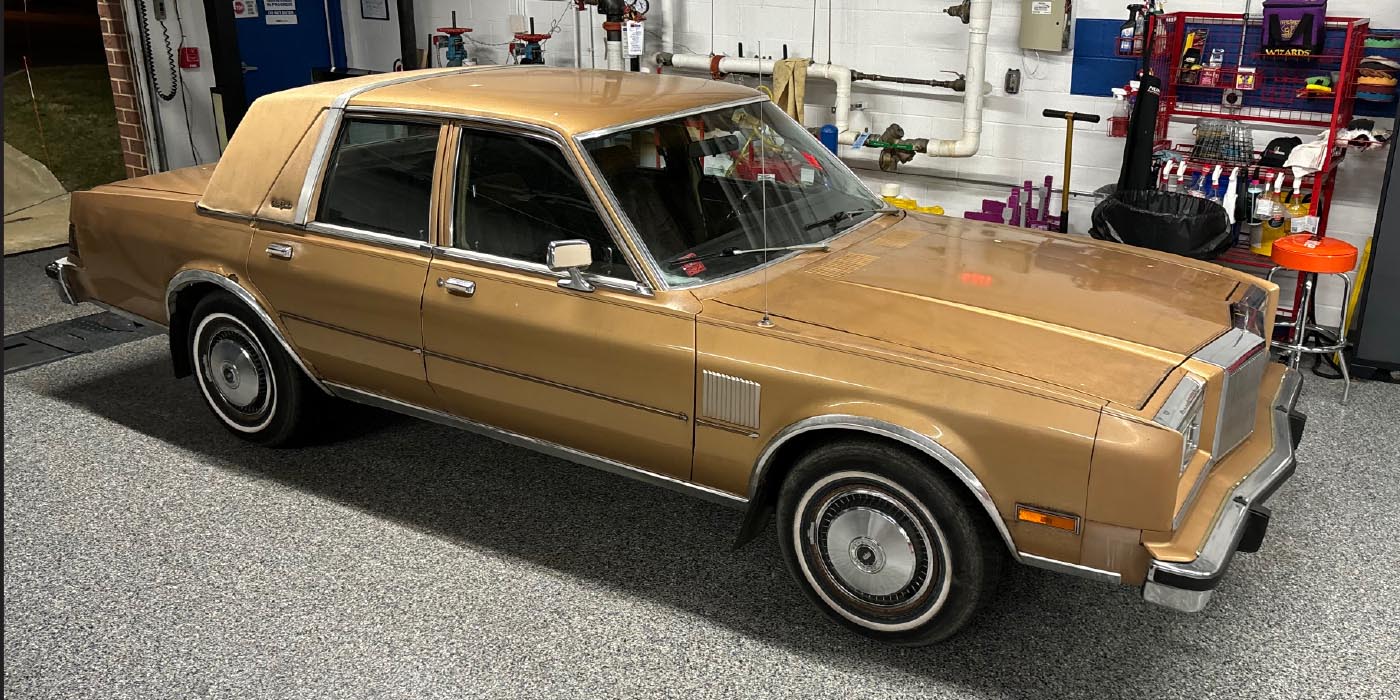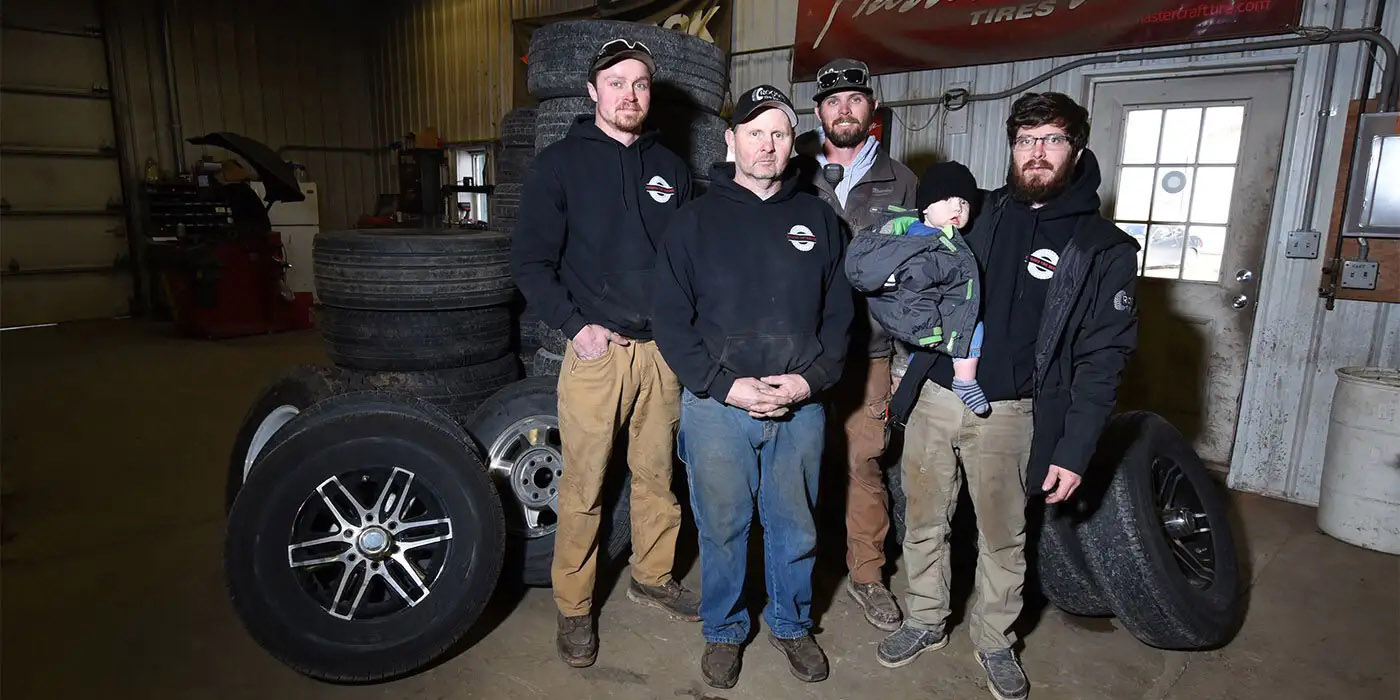Sometimes bringing up the subject of car count seems to be as bad as having a political discussion over the Thanksgiving table. Or even as crazy as putting your two cents into an online thread about oil types. It gets ugly fast.
There does not seem to be a middle ground to the subject when talking with others. Many believe that more cars equal more money. And it can, but I ask, at what actual cost?
Very basically, the belief is that more vehicles in and out of your shop equals more money that the shop will make, due to more opportunities to upsell that each vehicle represents. And it does make sense when you look at it in this simple way. Unfortunately, there is much more to the equation than just the number of vehicles.
Because many shops measure their success on the Average Repair Order dollars (ARO), more vehicles mean more work orders to divide the overall dollars brought in each day. This, in and of itself, lowers the ARO.
There are other factors, which seem to be overlooked by many shops, that need to be considered and added to the car count theory. This is not done intentionally however – it’s due to how the automotive repair business has been run for decades. It’s always rush, rush and rush some more to get it done and move on to the next vehicle.
The inefficiency of the service processes that many shops follow becomes worse as they are sped up to meet the increased vehicle demand. Best practices that are proven to work in raising the ARO often get skipped as short cuts are taken to “Get `er done.”
Of course, time is another limiting factor of car count. Time is the money that makes up part of the ARO figure that many follow as an indicator of their shop’s success. Another problem that time presents is that most shops are focusing on the time that is now, the time that is this job, losing the advantage of setting up of more time and work in the future.
In this and the next article we are going to look at the pros and cons of several points and their effect on car count.
- The service process
- The inspection
- Fix Your Process
The Service Process
Did you ever really think about the service process? Every vehicle that goes through a shop goes through the process. There is a definite series of steps that are taken from the point of vehicle drop off until the customer picks it up. Depending on the situation of the vehicle, the number of steps involved can vary drastically. The bottom line is every vehicle has its own path through the process that must be completed for a successful visit. At any given time, a number of vehicles are at different points in their processes as well, and keeping track of them is vital to a successful bottom line.
The service process itself takes time out of every vehicle visit, using up minutes and hours each time. This loss of time is multiplied by each vehicle. The result of this is corners being cut in an attempt to make up lost time. This often results in “best practices” being skipped, like recording recommendations and setting the next appointment based on them.
Another thought on the service process that is often not considered is the amount of wear and tear on both the technician and the shop equipment. Each process requires a vehicle to be moved into the bay, lifted, disassembled, checked, serviced and, hopefully, up-sold. Every time, each step is taking its toll on tech and equipment alike. This is made especially worse when the $29 oil change does not result in further work.
Going to a digital service process is one way to fix these issues, helping make the move to higher car count a success. The automation that is available in most digital shop software can make a huge difference in the process. Automatically setting up the next appointment and sending a reminder text a week before will help get the drivers back into your shop.
The service process step of contacting the customer for authorization is one of the biggest roadblocks in the steps of a driver’s visit to the shop. Trying to reach customers via phone no longer works. Vehicles sit idle in bays or, worse yet, some are reassembled and moved out only to have to be brought back in and disassembled again.
The digital service process offers texting for communicating with today’s customers, the way they want to be contacted. Unlike the phone, your customers can see and respond to a text message anywhere and anytime. Billions of text messages are sent everyday in the USA and responded to in an average of just three minutes.
The Inspection
Why do we want more cars and trucks? To have the chance to look at them and inspect them to find additional work to sell, of course. The problem is, many shops are doing improper inspections even with a light vehicle load. As a matter of fact, many shops employ young, inexperienced techs to look over the vehicles, missing many opportunities to identify items that need attention. More cars equal more missed chances, not money, if this issue is not addressed.
Using paper inspections also negatively affects the service process. The tech scribbles findings on the sheet. The advisor tries to translate the chicken scratch to make an estimate and then calls the customer hoping to reach them and be able to explain why their vehicle needs service. With paper inspections it’s rare that the findings and recommendations get transferred from the inspection sheet into the computer for future reference.
Digital inspections eliminate the tech scribble with prewritten descriptions and speech to text. Pictures, video and clear explanations sent to the customer via text educate the customer on their own terms getting quicker and more authorizations for your shop. Additionally, the digital inspection process automatically records all recommendations and findings for easy future access. This helps you build a wear history for each vehicle that can be used to prepare customers for upcoming service on their vehicles.
Using digital inspections that automatically copy and record the tech’s findings and their recommendations on the repair order is the first step in seeing the big picture. With this documentation in place, referring to it today or even in the future is much easier. Items that will need attention in the future will not be missed and can be shared with the driver preparing them for what is to come. This allows the driver the chance to mentally and financially prepare to get this work done.
Having a customer exit interview, with this information at your fingertips and on the invoice, enables you to set the customer’s expectations and their next appointment before they leave the shop, just like the dentist and hairdresser do. Your customers always leave today’s appointment with the next one set and an idea of what is to be done, time spent today giving you more time in the future.
Fix Your Process
Before we move on, let’s talk about one last thing: Making Each Car Count! After discussing the service process, the inspection and recommendations and next appointments, I hope that you have realized that there are processes in your shop that need to be fixed or changed. Yes, if you increase car count with these broken processes still in play, you may make more money, but you are going to work much harder for each gain.
Just fixing these issues as described will raise your shop’s ARO and bring more customers back for repeat visits.
Once you have gotten your service process fixed, you may not want to raise your car count because you are already seeing the benefits of getting more out of fewer vehicles. But if you do consider upping the car count, you will see that with the roadblocks of your current service process removed, greater gains will be made in you ARO.



